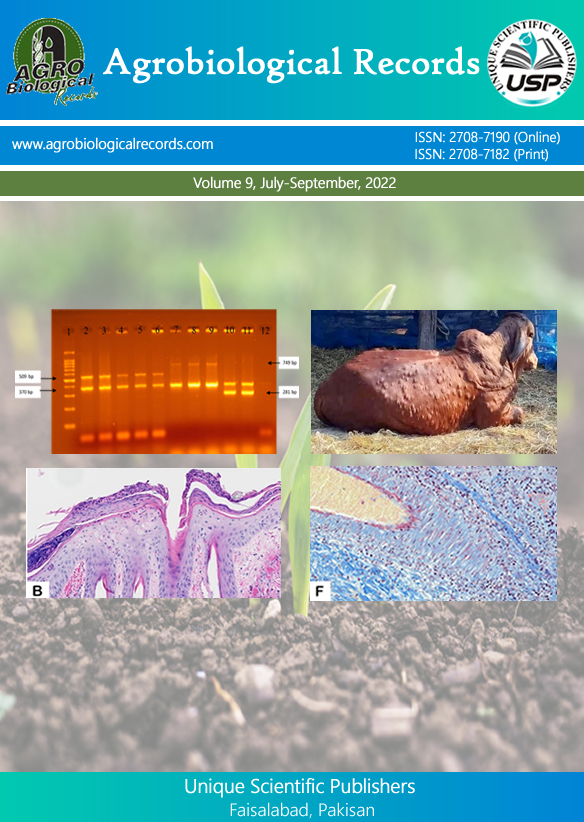
Md Atiqul Haque ,1, 2, Hongkun Quan ,1, Zonghui Zuo ,1, Ahrar Khan , 3, Naila Siddique ,4 and Cheng He ,1,*
1Key Lab of Animal Epidemiology and Zoonoses of Ministry of Agriculture, College of Veterinary Medicine, China Agricultural University, Beijing, 100193, China 2Department of Microbiology, Faculty of Veterinary & Animal Science, Hajee Mohammad Danesh Science and Technology University, Dinajpur, 5200, Bangladesh 3Shandong Vocational Animal Science and Veterinary College, Weifang, 261061, China 4National Reference Lab for Poultry Diseases (NRLPD) Animal Sciences Institute, National Agricultural Research Centre, Islamabad, Pakistan
?Corresponding author: hecheng@cau.edu.cn
Bacillus cereus (B. cereus) is a novel emerging pathogen contaminated extensively in animal feed and food chains, posing a huge economic loss for animal industry and high risk for human health. This pathogen is a robust omnipresent heat resistant spore former, able to form biofilm and isolated from different environments such as food and atmosphere that occur all year round without any particular geographic distribution. The potential of survival for B. cereus spores in unfavorable conditions pose a considerable threat to food safety and also cause economic losses to the food industry. B. cereus aggravates acute diarrhea and malnourishment in poultry by inducing gizzard erosion and ulceration (GEU). It will facilitate persistent other bacterial infection in the lungs via damaging gastric intestine tract. Also, it can cause serious food safety because it seems difficult to fully prevent their presence in food. It may cause gastrointestinal diseases that trigger emetic and diarrheal symptoms as well as general and local infections related to the respiratory tracts of immunologically threatened individual and newborns. B. cereus produces a wide range of potential virulence factors, including heat stable/labile toxins (cerulide, NHE, HBL, CytK, Ent-FM, bc-D-ENT, CLO, HlyII, HlyIII) and tissue-destructive enzymes (PI-PLC, PC-PLC, SMase, ?-lactamase, InhA1, NprA), but their roles and molecular mechanism in specific infections have not been clarified yet. This review provided a historical record of possible risk factors and pathogenesis of animal industry and highlights the implications for animal industry and food safety by ingestion of the feed-borne Bacillus cereus.